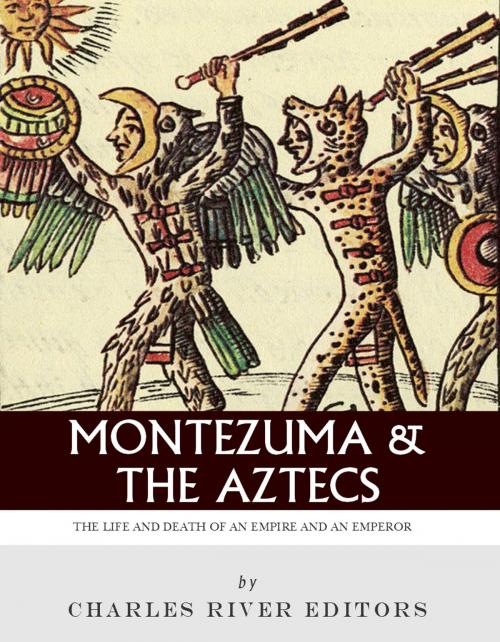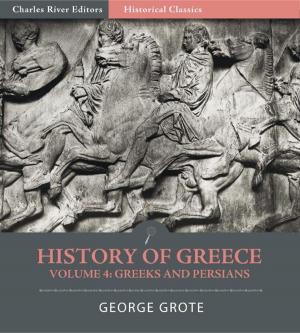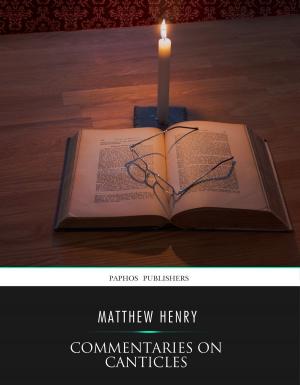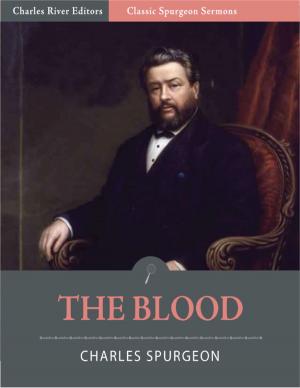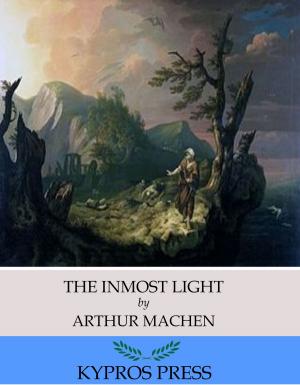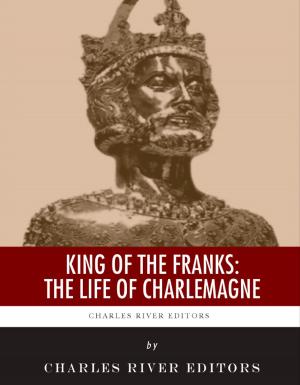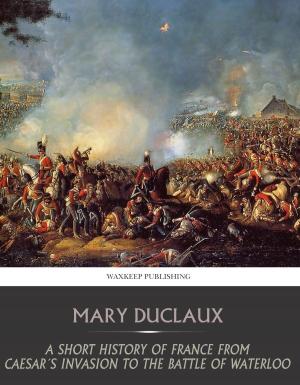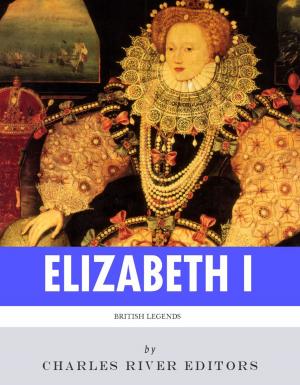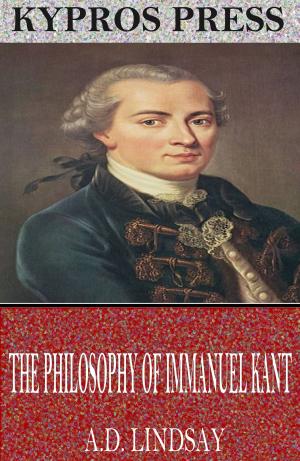Montezuma and the Aztecs: The Life and Death of an Empire and Its Emperor
Nonfiction, History, Americas, Mexico, Biography & Memoir, Historical| Author: | Charles River Editors | ISBN: | 9781475320794 |
| Publisher: | Charles River Editors | Publication: | January 1, 2013 |
| Imprint: | Language: | English |
| Author: | Charles River Editors |
| ISBN: | 9781475320794 |
| Publisher: | Charles River Editors |
| Publication: | January 1, 2013 |
| Imprint: | |
| Language: | English |
"Cortés and all of us captains and soldiers wept for him, and there was no one among us that knew him and had dealings with him who did not mourn him as if he were our father, which was not surprising, since he was so good. It was stated that he had reigned for seventeen years, and was the best king they ever had in Mexico, and that he had personally triumphed in three wars against countries he had subjugated. I have spoken of the sorrow we all felt when we saw that Montezuma was dead. We even blamed the Mercederian friar for not having persuaded him to become a Christian." Bernal Díaz del Castillo From the moment Spanish conquistador Hernan Cortés first found and confronted them, the Aztecs have fascinated the world, and they continue to hold a unique place both culturally and in pop culture. Nearly 500 years after the Spanish conquered their mighty empire, the Aztecs are often remembered today for their major capital, Tenochtitlan, as well as being fierce conquerors of the Valley of Mexico who often engaged in human sacrifice rituals. Ironically, and unlike the Mayans, the Aztecs are not widely viewed or remembered with nuance, in part because their own leader burned extant Aztec writings and rewrote a mythologized history explaining his empires dominance less than a century before the Spanish arrived. Naturally, Cortes and other Spaniards depicted the Aztecs as savages greatly in need of conversion to Catholicism. While the Mayans are remembered for their astronomy, numeral system, and calendar, the Aztecs have primarily been remembered in a far narrower way, despite continuing to be a source of pride to Mexicans through the centuries.The Spanish conquest of the Aztec and some of the myths and legends surrounding it have made the name of its last emperor (and variations of it like Moctezuma and Montezuma) instantly recognizable around the globe. Still, Moctezuma II's life is shrouded in mystery; Bernal Diaz del Castillos The Conquest of New Spain and Miguel Leon-Portillas translation of the Aztec observation of the conquest, The Broken Spears, recorded but a few details about the last Aztec rulers life. Also, these two sources are only concerned with the circumstances surrounding the Spanish conquest of the Aztecs and therefore only deal with the very end of Moctecuma IIs life and reign. Thus, his early life largely remains a mystery. So what is known about the famous Aztec ruler? Naturally, there is still a fierce debate over what happened during the conquest of the Aztec, and one of the most controversial episodes of the conquest was Moctezumas death. But all of the sources agree that Moctezuma sometimes called Moctezuma the Younger generally possessed a reputation as a valiant warrior and was considered a courageous combat leader among his people. Myths and legends have helped fill in the blanks, regardless of their accuracy, and many of them have since become the best known details of Moctezumas life. Montezuma and the Aztecs chronicles the Aztecs lives, religion, art, cities, and empire, in an attempt to better understand the once dominant civilization. It also chronicles the life and death of its famous ruler and examines the myths, legends and historical accounts in an attempt to separate fact from fiction. Along with pictures of famous art depicting important people, places, and events, you will learn about Montezuma and the Aztecs like you never have before.
"Cortés and all of us captains and soldiers wept for him, and there was no one among us that knew him and had dealings with him who did not mourn him as if he were our father, which was not surprising, since he was so good. It was stated that he had reigned for seventeen years, and was the best king they ever had in Mexico, and that he had personally triumphed in three wars against countries he had subjugated. I have spoken of the sorrow we all felt when we saw that Montezuma was dead. We even blamed the Mercederian friar for not having persuaded him to become a Christian." Bernal Díaz del Castillo From the moment Spanish conquistador Hernan Cortés first found and confronted them, the Aztecs have fascinated the world, and they continue to hold a unique place both culturally and in pop culture. Nearly 500 years after the Spanish conquered their mighty empire, the Aztecs are often remembered today for their major capital, Tenochtitlan, as well as being fierce conquerors of the Valley of Mexico who often engaged in human sacrifice rituals. Ironically, and unlike the Mayans, the Aztecs are not widely viewed or remembered with nuance, in part because their own leader burned extant Aztec writings and rewrote a mythologized history explaining his empires dominance less than a century before the Spanish arrived. Naturally, Cortes and other Spaniards depicted the Aztecs as savages greatly in need of conversion to Catholicism. While the Mayans are remembered for their astronomy, numeral system, and calendar, the Aztecs have primarily been remembered in a far narrower way, despite continuing to be a source of pride to Mexicans through the centuries.The Spanish conquest of the Aztec and some of the myths and legends surrounding it have made the name of its last emperor (and variations of it like Moctezuma and Montezuma) instantly recognizable around the globe. Still, Moctezuma II's life is shrouded in mystery; Bernal Diaz del Castillos The Conquest of New Spain and Miguel Leon-Portillas translation of the Aztec observation of the conquest, The Broken Spears, recorded but a few details about the last Aztec rulers life. Also, these two sources are only concerned with the circumstances surrounding the Spanish conquest of the Aztecs and therefore only deal with the very end of Moctecuma IIs life and reign. Thus, his early life largely remains a mystery. So what is known about the famous Aztec ruler? Naturally, there is still a fierce debate over what happened during the conquest of the Aztec, and one of the most controversial episodes of the conquest was Moctezumas death. But all of the sources agree that Moctezuma sometimes called Moctezuma the Younger generally possessed a reputation as a valiant warrior and was considered a courageous combat leader among his people. Myths and legends have helped fill in the blanks, regardless of their accuracy, and many of them have since become the best known details of Moctezumas life. Montezuma and the Aztecs chronicles the Aztecs lives, religion, art, cities, and empire, in an attempt to better understand the once dominant civilization. It also chronicles the life and death of its famous ruler and examines the myths, legends and historical accounts in an attempt to separate fact from fiction. Along with pictures of famous art depicting important people, places, and events, you will learn about Montezuma and the Aztecs like you never have before.
